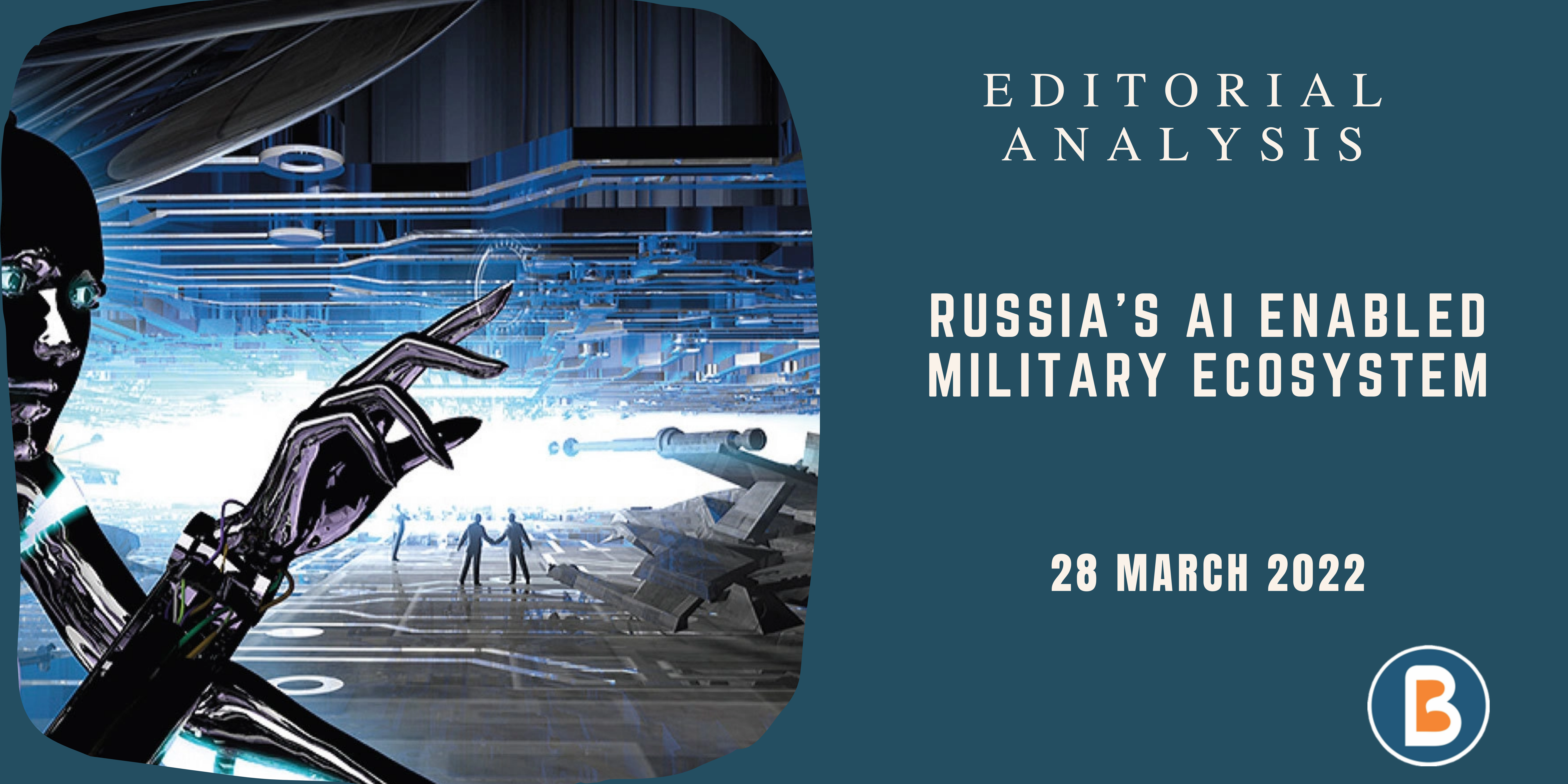US–China Strategic Competition
Context:
- The year 2022 may shake up East Asia as the regional security situation remains fluid.
- As an important theatre of US–China strategic competition, observers are critically analysing how China postures on Taiwan ahead of the 20th National Congress of the Communist Party of China (CPC) What are the implications for Inter-Korea relations and the larger denuclearisation of Korean Peninsula following a change of political guard in Seoul.
Background:
- Broader issues including the effectiveness of Washington’s leadership and credibility, as tested in Afghanistan and now the developing situation in Ukraine are being debated.
- The potency of American regional alliance system with regard to defending the rules-based liberal order on the one hand, and the maturity of a potential China–Russia alignment on the other will be at play in shaping the geopolitical and geo-economic landscape of the Indo-Pacific.
- Amid intensified geopolitical tensions in the Indo-Pacific, a web of expansive security structures is at play—whether it is putting in place the US–UK–Australia pact called AUKUS and Japan–Australia Reciprocal Access Agreement, reinforcing existing structures like the Quad and the Five Eyes, or Europe’s deeper embrace of the Indo-Pacific.
- Furthermore, the conversation on economic security amid Beijing’s deeper economic integration with US allies through Regional Comprehensive Economic Partnership (RCEP) is also a space to watch.
- As a decades-old US security ally and an Asian economic force, Japan’s centrality in upholding a rules-based regional order has become more pronounced and definitive.
AUKUS and Quad:
- Earlier Japan has extended support to the AUKUS owing to the strategic implication it holds for Indo-Pacific security, mainly in Western Pacific.
- AUKUS creates more space for an expanded role for the UK in taming the Indo-Pacific waves.
- There is a school of thought which argues that in the backdrop of US–China submarine tally, and Japan’s own plans for building and deploying submarines, Australia’s decision to build nuclear submarines and if they decide to deploy a few in key theatres for instance the South China Sea or somewhere closer to Taiwan, would help in maintaining the strategic balance.
US–Japan Alliance:
- Japan’s recent conversation with Washington in January, be it the Kishida–Biden virtual meeting or the 2+2 security consultative committee meeting, both underscored the alliance’s critical role in defending the rules-based liberal order.
- Post-War Japan has served as a stabiliser of the US-led system, aimed at shaping a favourable balance of power and order.
Way Forward:
- While modernising the US–Japan alliance remains at the heart of Japan’s strategic calculations, Tokyo is continuing to deepen strategic alignments with key Indo-Pacific players, including Australia, ASEAN, Quad and European powers, employing a full spectrum politico-economic, security and diplomatic instruments in order to shape a favourable Indo-Pacific Order.
- Tokyo’s “realism diplomacy” will aim to shore up the US-led regional order as it served Japan’s national interests effectively in the post-War decades.
Source: THE HINDU.




